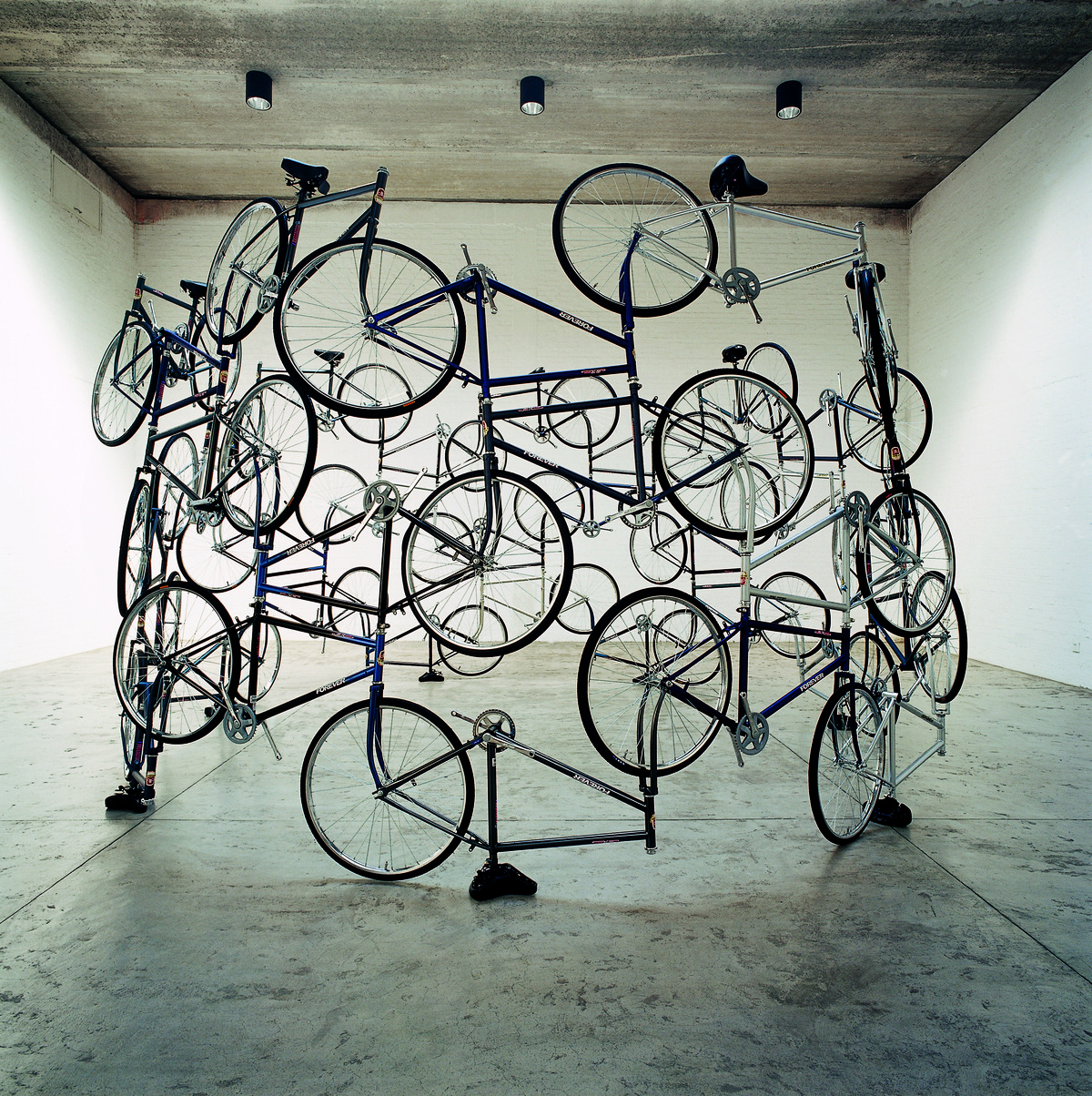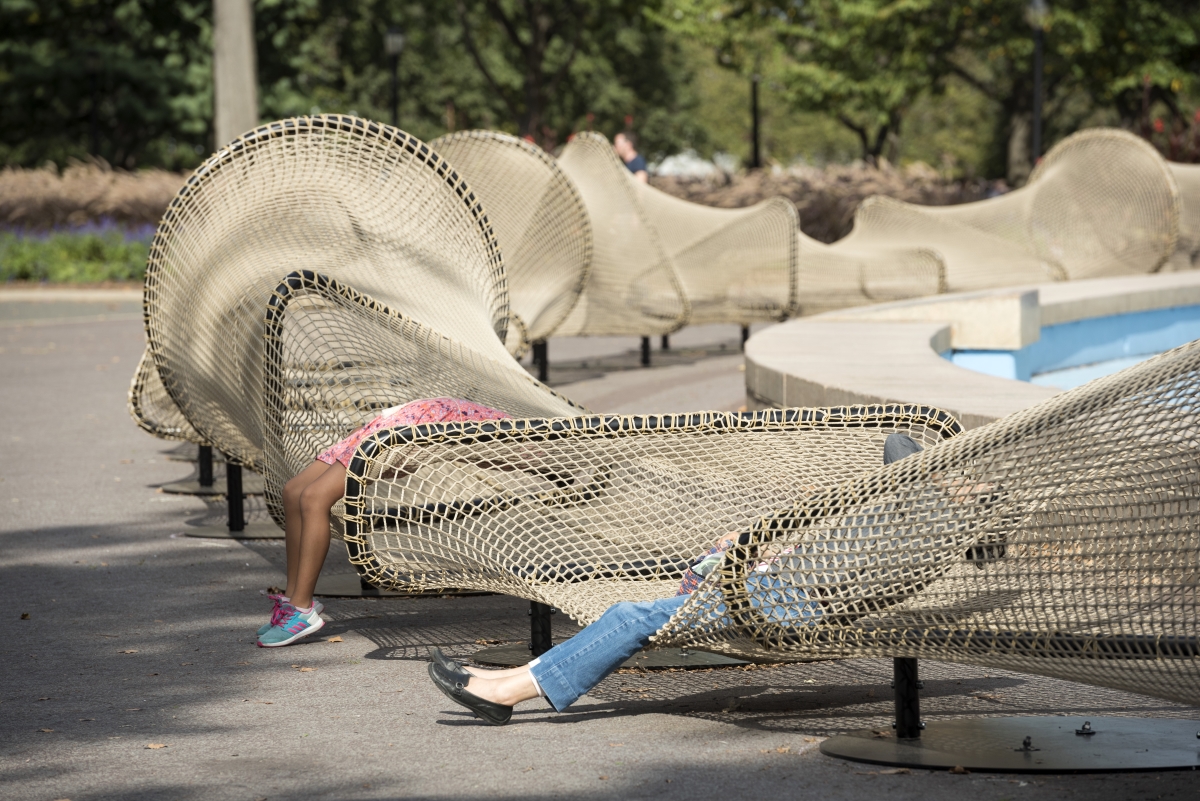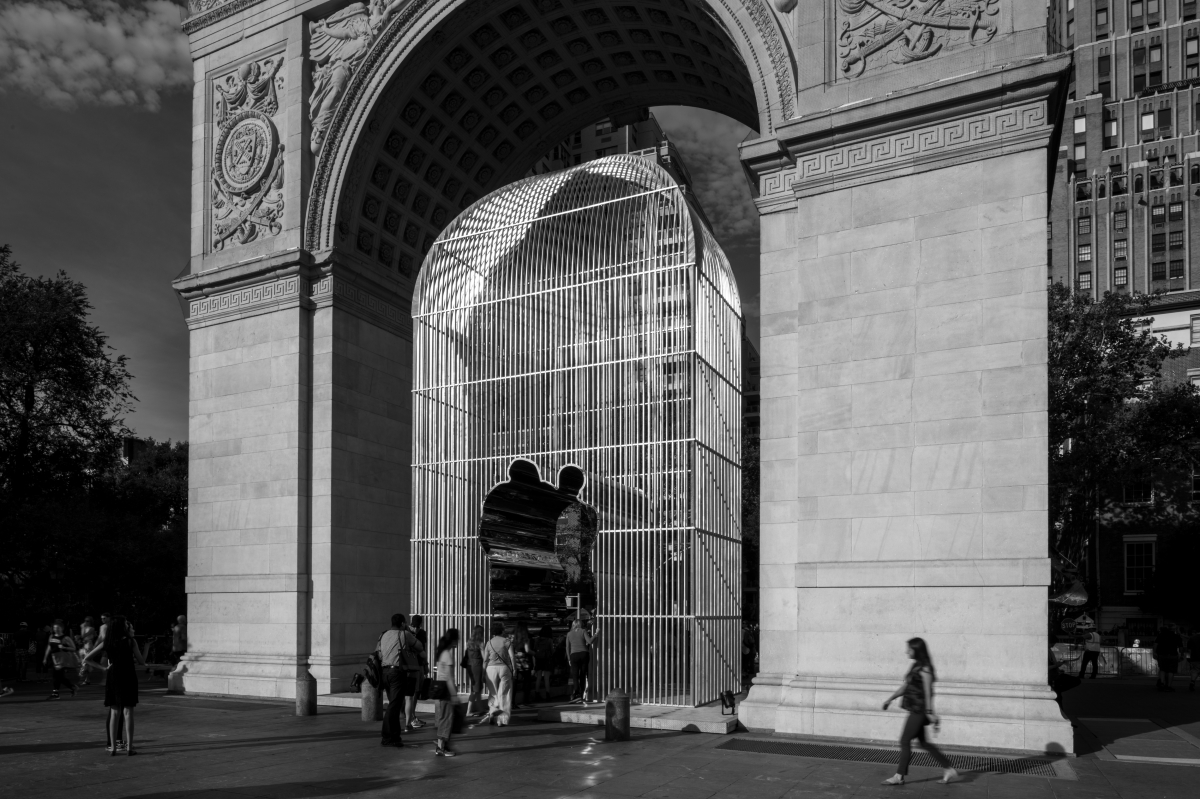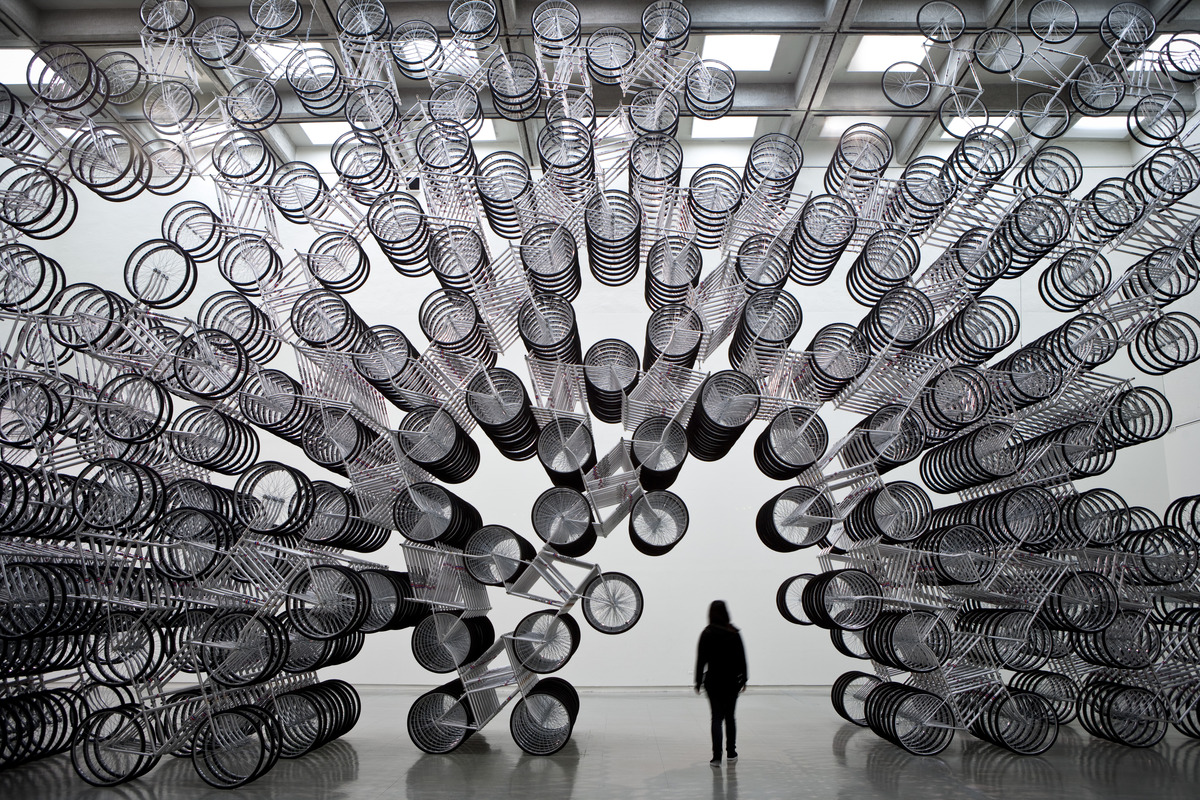
Ai Weiwei, the preeminent Chinese contemporary artist, documentary filmmaker, and unwavering activist, stands as a towering figure whose life and art are inextricably intertwined with a tumultuous past and an unwavering commitment to social justice.
Ai Weiwei, a true provocateur of conscience, has charted a distinctive and unwavering path in the art world, challenging conventions and commanding attention. Ai Weiwei’s artistic journey is intimately interwoven with his personal pursuit of freedom of expression. His artistic portfolio is exceptionally diverse, encompassing sculpture, photography, installation, and architecture, defying easy categorization.
Born on August 28, 1957, in Beijing, Ai’s early years were marked by hardship and political persecution. His father, the renowned poet Ai Qing, fell victim to the tumultuous political landscape in China, initially labeled a “Leftist” and later a “Rightist” during Chairman Mao’s anti-intellectual campaign. This tumultuous backdrop of exile and adversity profoundly shaped the young artist’s perspective.
Exiled from the capital when he was just a year old, Ai Weiwei’s family endured two decades of hardship exiled to the north of Heilongjiang Province and Xinjiang Province. Here, Ai honed practical skills that would later find expression in his art, such as furniture-making and bricklaying.
Ai Weiwei’s journey led him to the United States in 1981, where he immersed himself in the New York art scene. His exposure to luminaries like Marcel Duchamp, Andy Warhol, and Allen Ginsberg fueled his creativity and passion for artistic expression. In New York, Ai found inspiration that would inform his future work, fostering a unique blend of Western Conceptual traditions with his deeply rooted Chinese heritage.
Returning to China in 1993 to care for his ailing father, Ai became a central figure in the Chinese contemporary art movement. He was a member of the “Stars” group of avant-garde artists and established the China Art Archives & Warehouse, a pioneering independent art space in Beijing.
Ai Weiwei’s international recognition soared in the late 2000s, thanks to groundbreaking exhibitions like “According to What?” at the Mori Art Museum in Tokyo (2009) and the iconic installation “Sunflower Seeds” at London’s Tate Modern (2010). These works solidified his reputation as an artist unafraid to challenge norms and tackle pressing social and political issues.
However, Ai’s activism and outspoken criticism of the Chinese government led to his arrest and a grueling 81-day detention in 2011. Despite the ordeal, he continued his artistic journey, becoming a symbol of artistic freedom and resistance on the global stage.
His repertoire includes documentary filmmaking, using his art to shed light on global challenges. His films, such as “Human Flow” (2017) and “Coronation” (2020), delve into issues like the refugee crisis and China’s response to the COVID-19 pandemic.
Ai Weiwei’s art serves as a powerful vehicle for his unwavering political convictions. Through his work, he confronts government corruption, human rights abuses, and societal neglect, both in China and beyond. He challenges the world to confront uncomfortable truths and advocates for freedom of expression and justice.
A fearless risk-taker and a staunch defender of freedom of expression, Ai Weiwei’s work serves as a reminder that art can be a potent tool for social change. His enduring commitment to challenging oppressive systems and amplifying the voices of the silenced has earned him a well-deserved reputation as one of the most influential artists of our time.
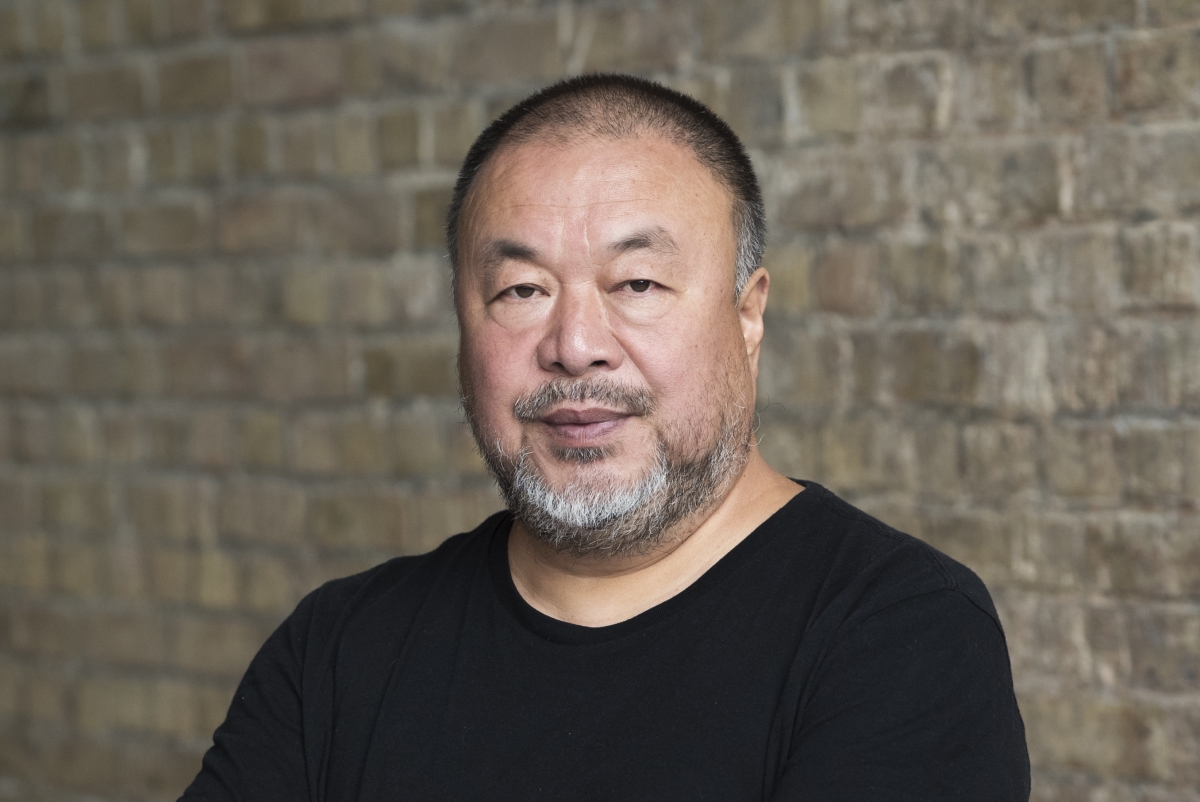
An Interview with Ai Weiwei
By Carol Real
What role do you believe contemporary art plays in shaping society’s understanding of complex issues?
Art is an integral part of humanity. Issues concerning humanity are inherently complex, and the exploration of art is, in essence, an exploration of humanity itself. This introspective journey mirrors the complexities of our shared human experience.
In your view, how does the intersection of art and politics challenge conventional boundaries and perceptions?
It depends on what we mean by ‘conventional.” The definition of ‘conventional’ lacks historical clarity, particularly in the absence of distinct boundaries between art and politics throughout history. The concept of ‘pure art’ only emerged during the era of capitalization, around the Industrial Revolution. If art holds any value, it is a value to humanity’s understanding, emotions, and self-expression, inseparable from the various efforts people make for survival, often labeled as politics by contemporaries.
How does your art confront global issues like migration, human rights, and environmental crises?
Art, as a mode of feeling and expression, emanates from a direct confrontation with reality, grasping the nuances of the incomprehensible. Through expression, we negotiate our self-awareness and engage in a form of self-reflection or self-pity. Human rights and environmental crises are challenges created by humans and demand introspection, while art serves as a tool of anti-pragmatism needed for the process of introspection.
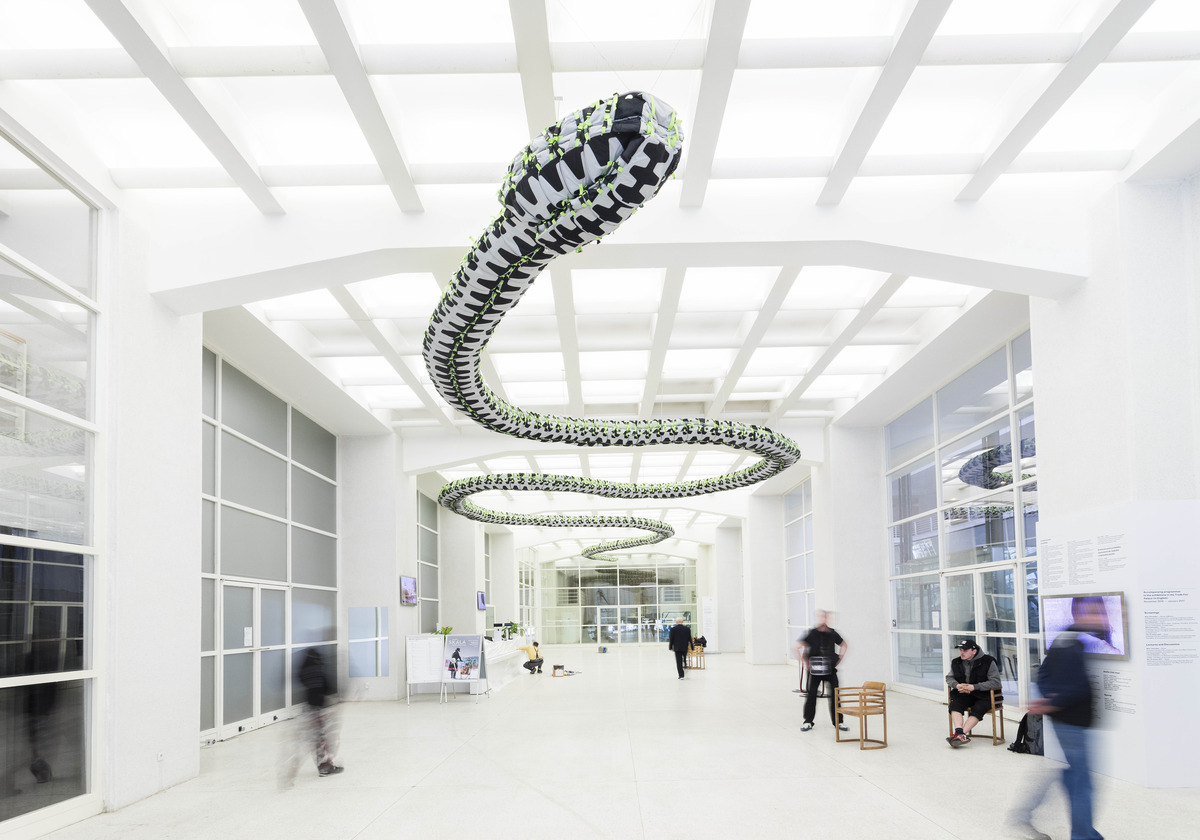
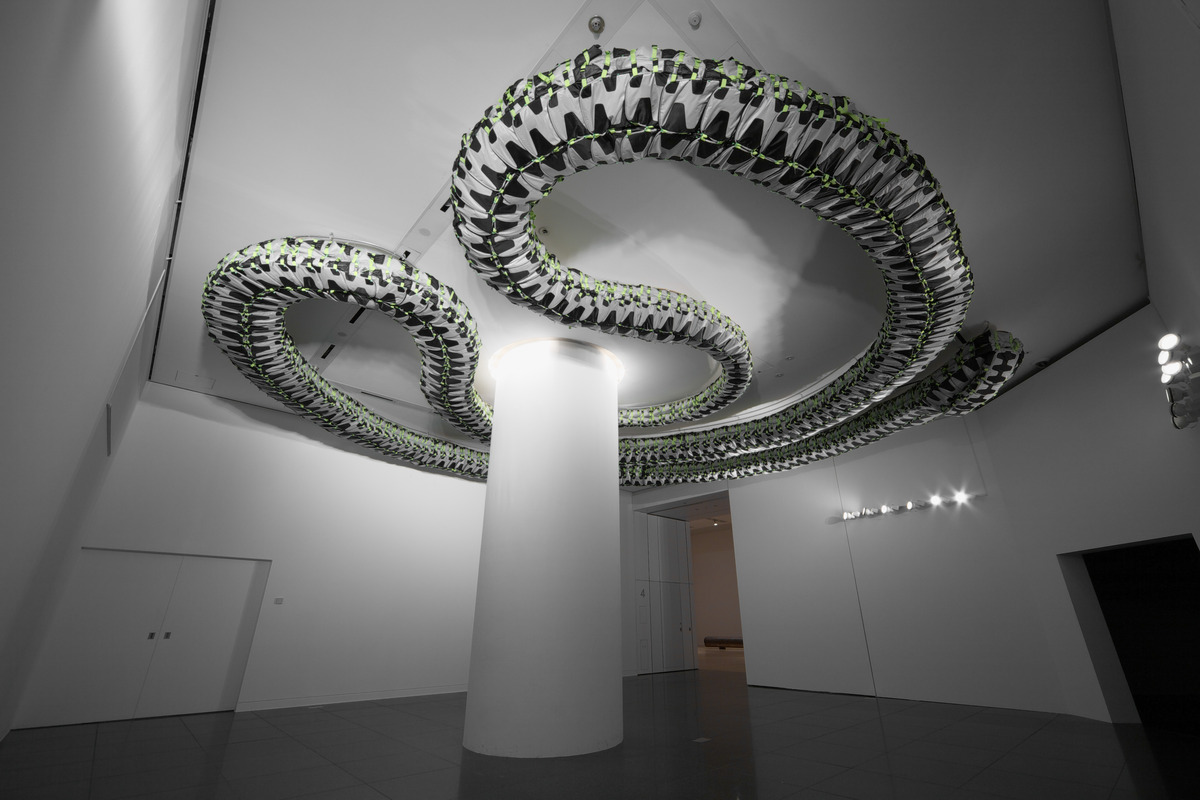
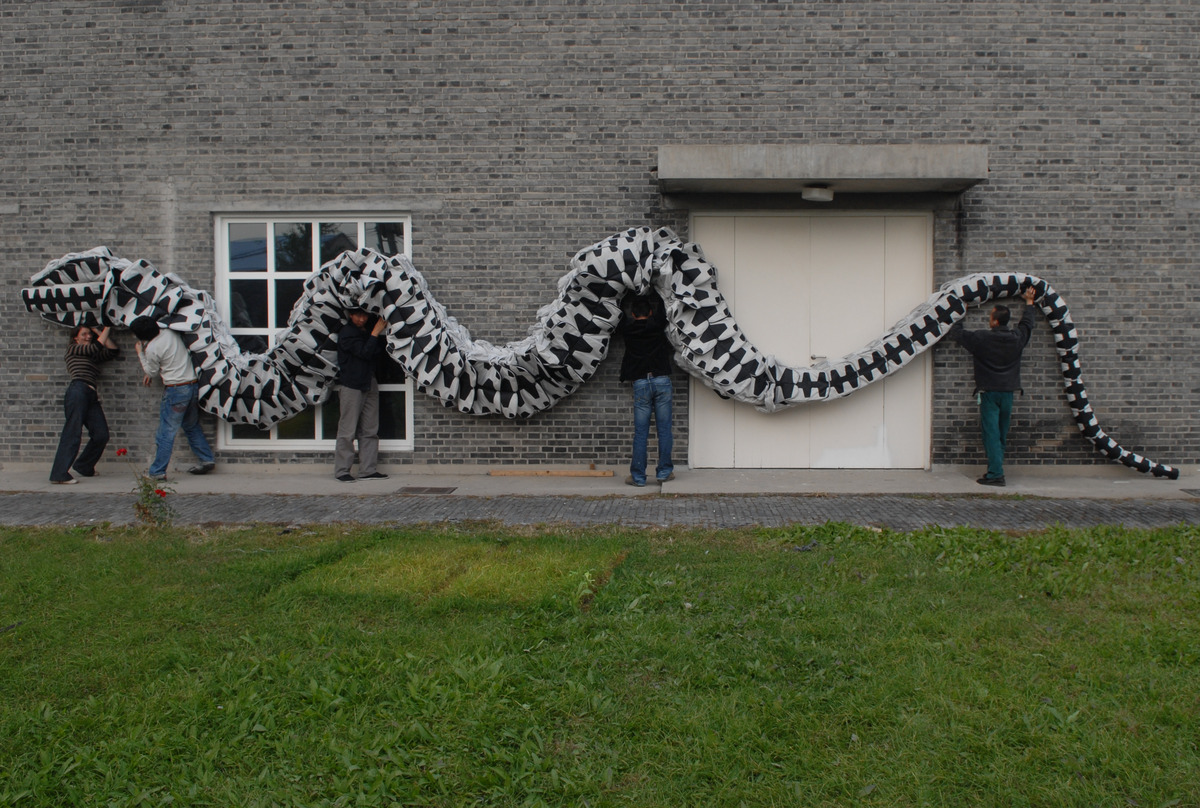
How do you see the relationship between art and political activism evolving in the digital age?
Dissociating art from political activism is a fallacy, and in the digital era, the simultaneous intertwining of art and politics takes on new dimensions. While the digital age accelerates the speed of expression and exchange, it cannot mitigate the profound spiritual struggles or alleviate the political turmoil confronting us today.
How can art inspire tangible change in addressing humanitarian issues?
The issues addressed by art are inherently humanitarian. Whether art can inspire tangible change depends on its individual or societal reality, and the functions it serves.
How do you see the role of art and artists in addressing complex political and social issues like the Israel-Gaza conflict?
In addressing complex political and social issues like the Israel-Gaza conflict, art assumes a function that may appear understated but holds immense significance. Art embodies free expression and fundamental human rights. The realization of people’s basic rights serves as the linchpin for resolving ostensibly intricate political and social conflicts. It’s evident that art and artists currently face ideological invasions.
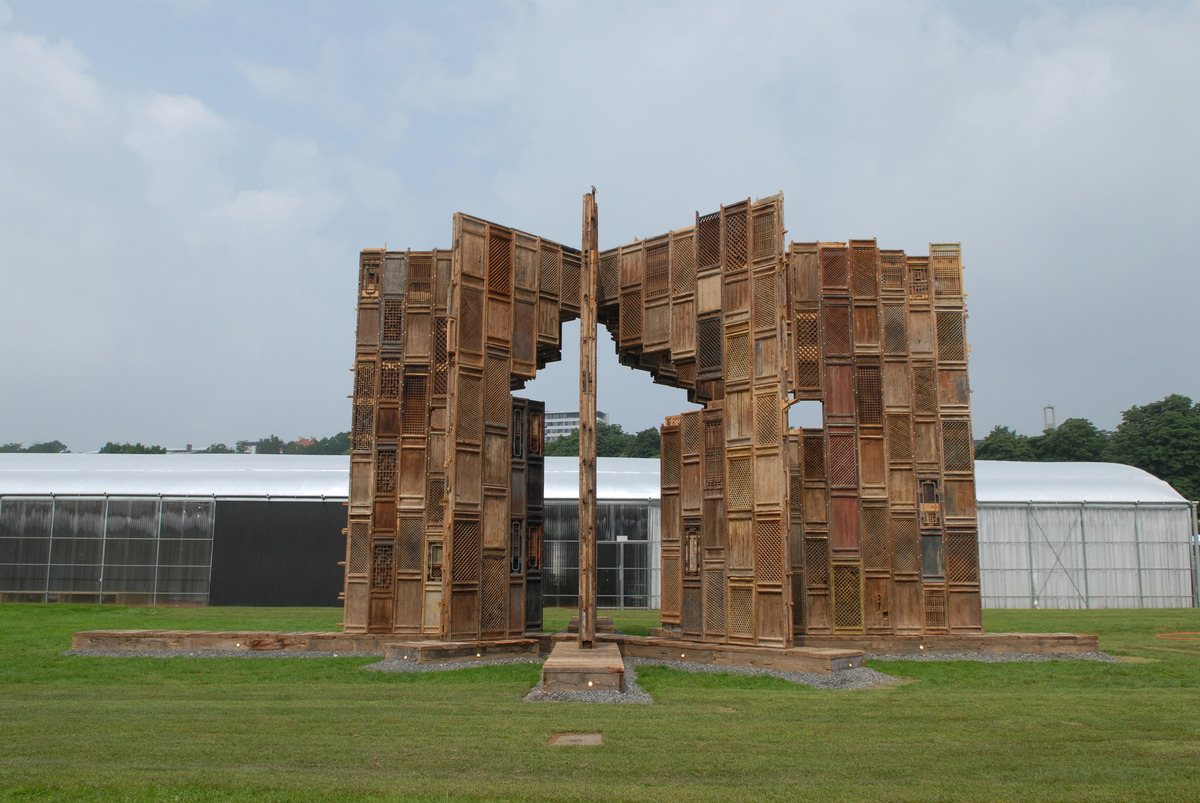
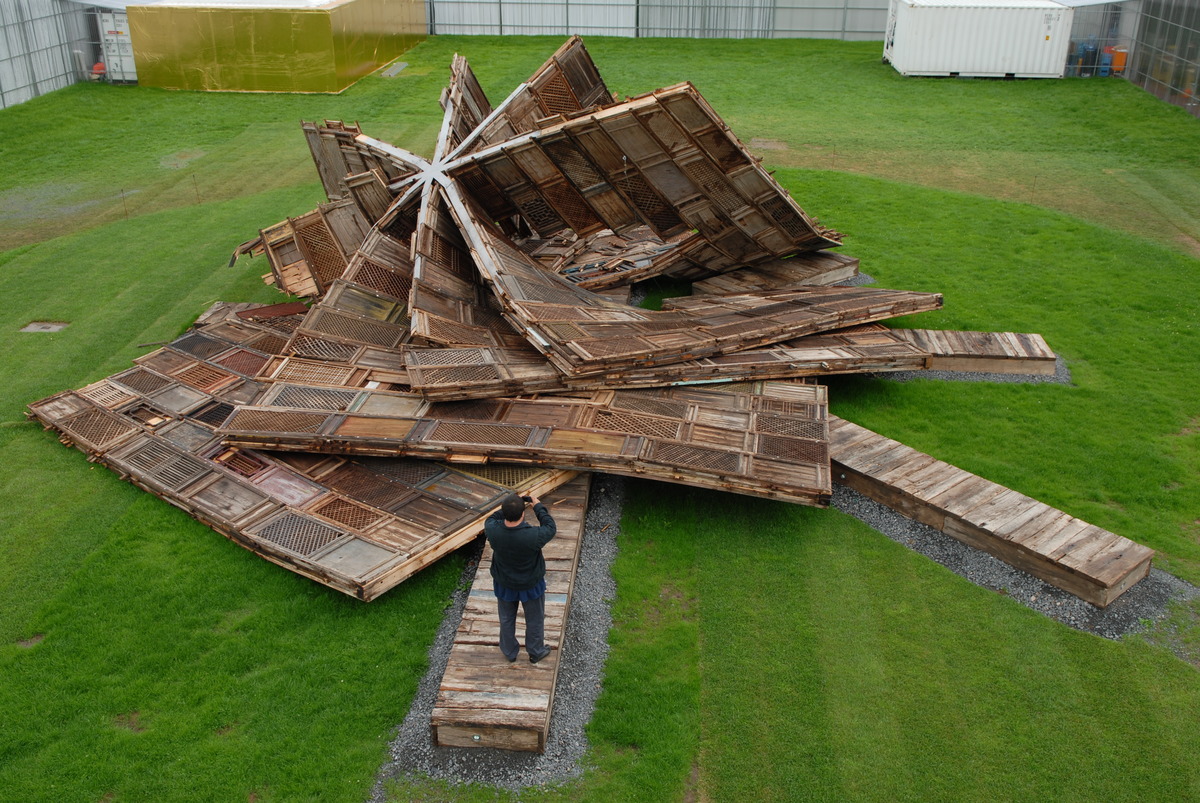
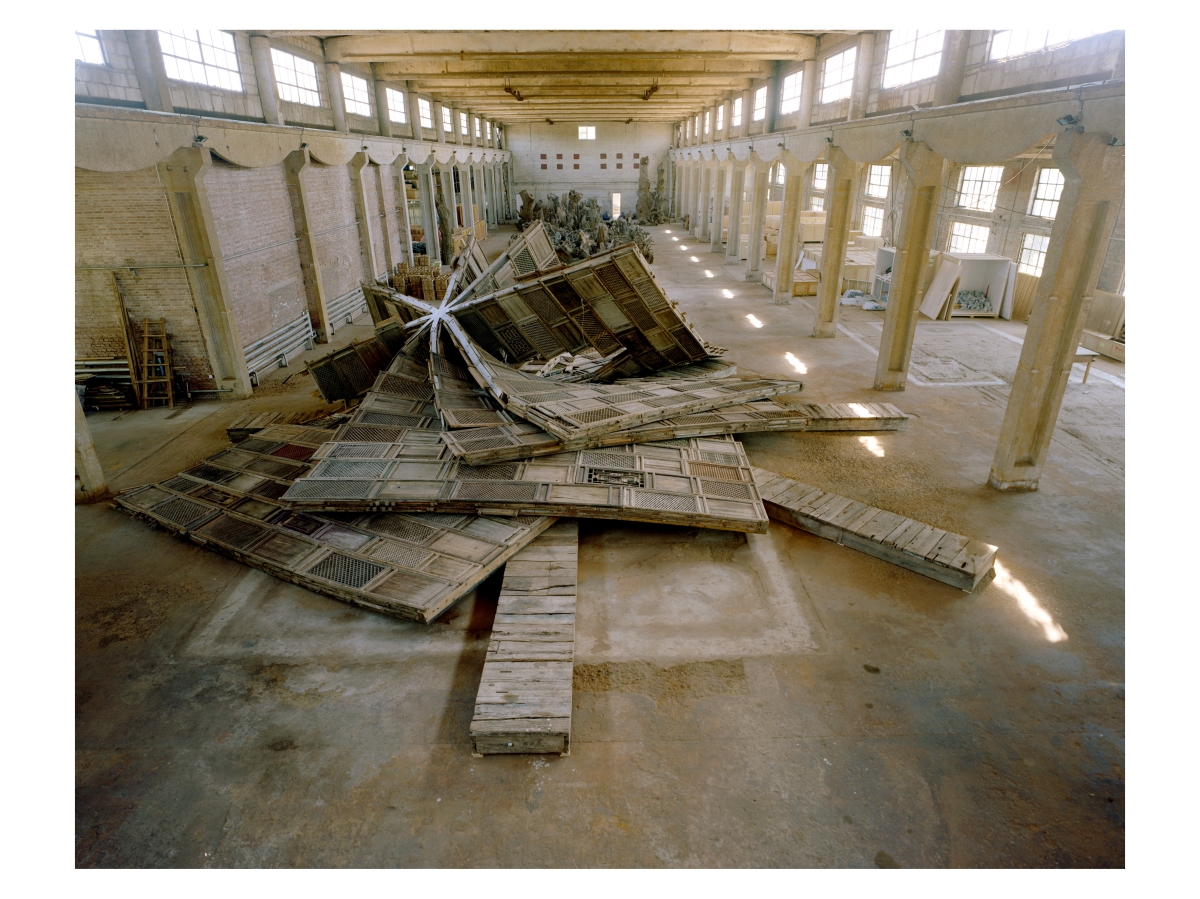
Can you discuss the role of storytelling and narrative in your art, as seen in your film projects like Human Flow?
Storytelling and narrative play pivotal roles in art. All art forms are intricately linked to human understanding of self and surroundings, with narrative serving as the fundamental language. Without narrative, art would cease to exist.
What do you hope people take away from your art exhibitions, especially those that deal with uncomfortable truths?
My singular hope is that people perceive the emergence of truth parallel to reality, born from an individual’s specific expression. This truth must not be disregarded.
How do you engage with your audience to provoke critical thinking and discussion?
If thinking possesses genuine meaning or concrete and individualized characteristics, it is inherently critical and destined to incite public discussion. This emanates from the irreconcilability and the distinctive nature of being an outlier.
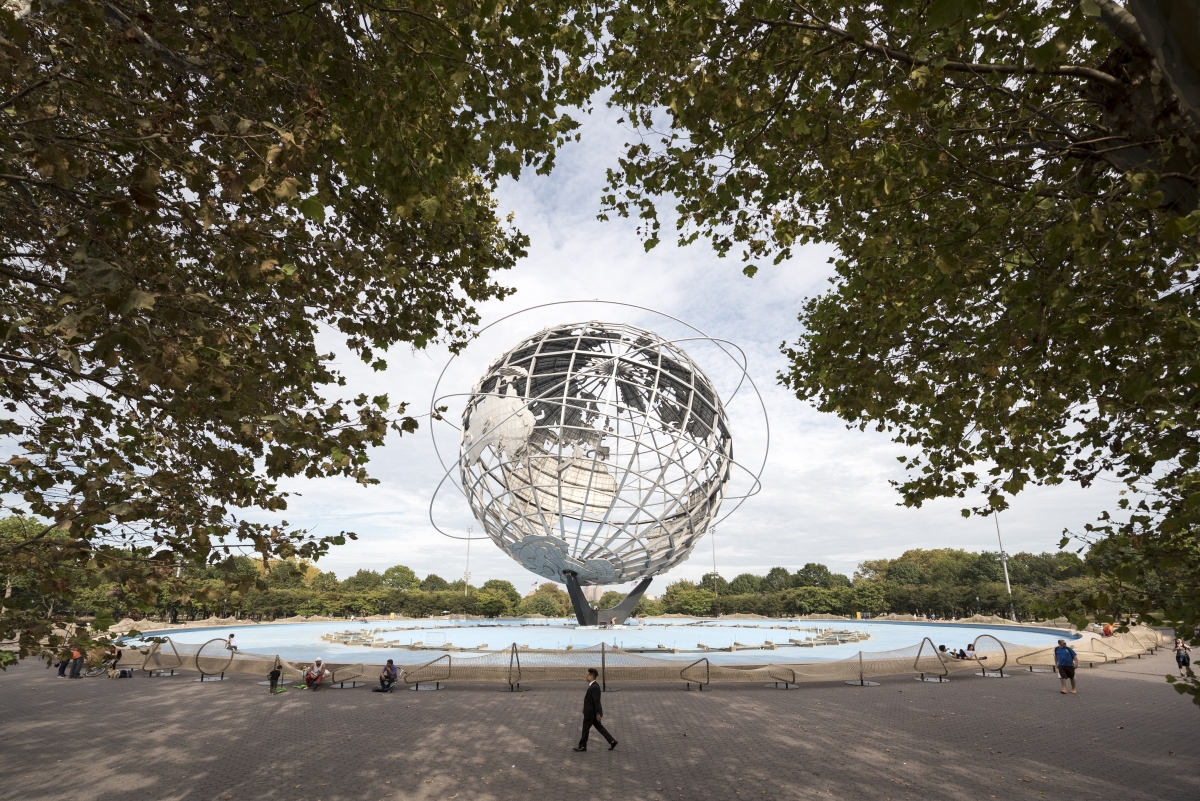
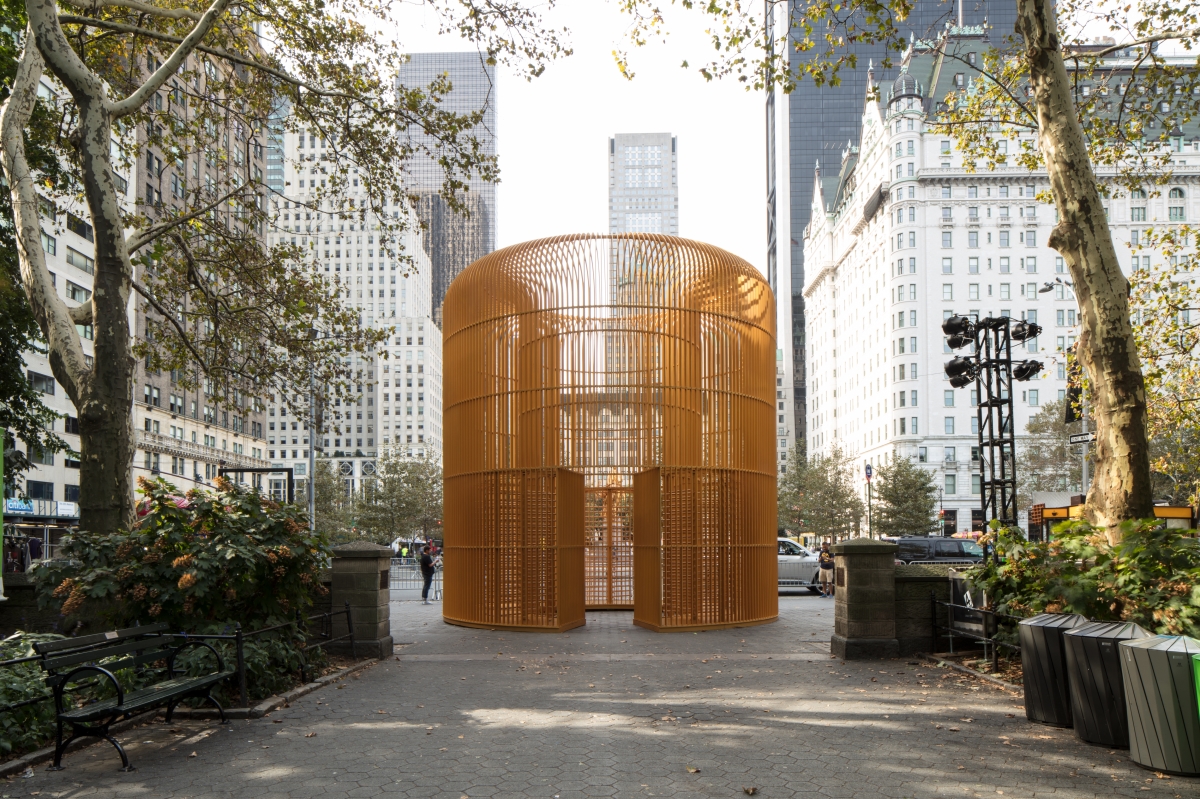
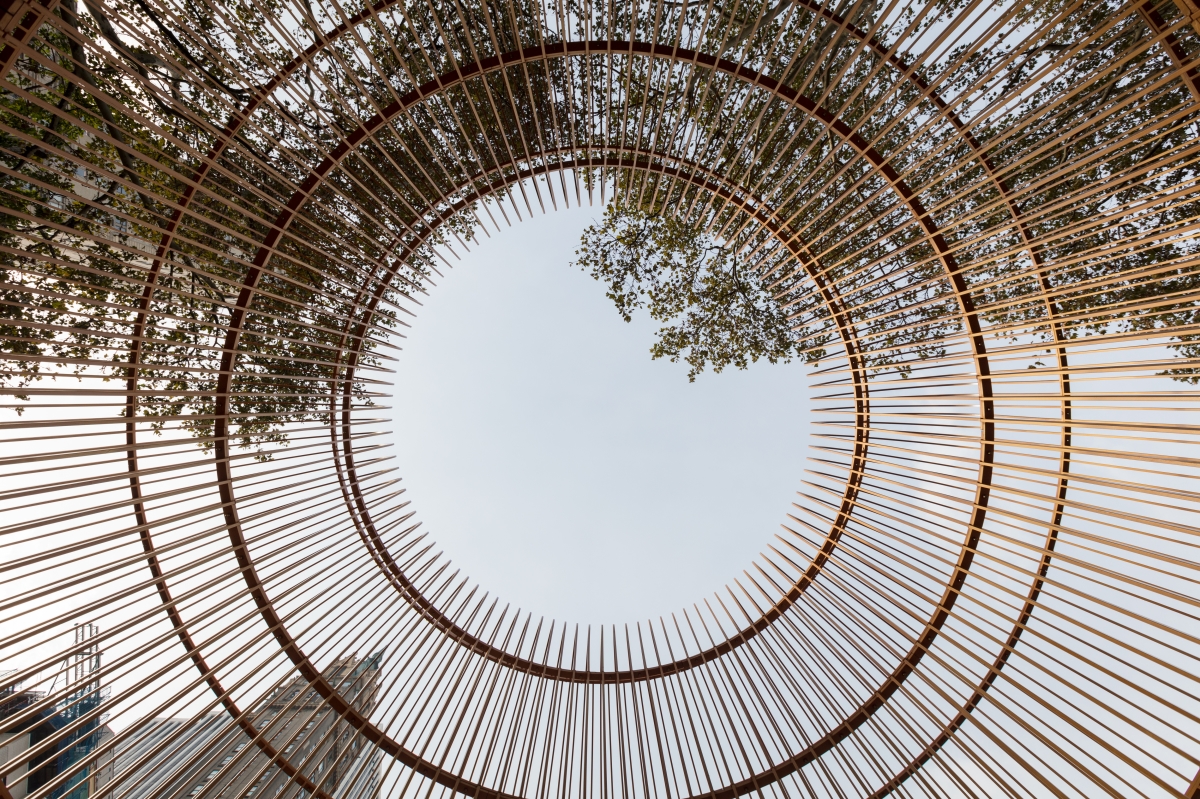
How do you see the relationship between art and history, especially in preserving and narrating the stories of the marginalized?
History is not a natural occurrence; rather, it is narrated through the language of art, a language that modifies prevailing norms by focusing on marginalized groups.
Can you share your thoughts on the concept of borders and the idea of “dissolving” them in the context of your work?
All artistic efforts strive to dissolve borders.
How do you envision the future of art and its potential to shape discourse and change in a rapidly evolving world?
Whether human society evolves rapidly or gradually, expression through language remains essential. This language could manifest as scientific results, art, literature, or formal expression, serving as vital landmarks for different periods or subsequent events.
Your works often provoke discussions about freedom of expression. How do you balance artistic expression with social responsibility?
Artistic expression is inherent to life—an attribute that not only refines life’s intrinsic qualities but also upholds the ethical and moral responsibilities of society. No one in our contemporary society survives in isolation.
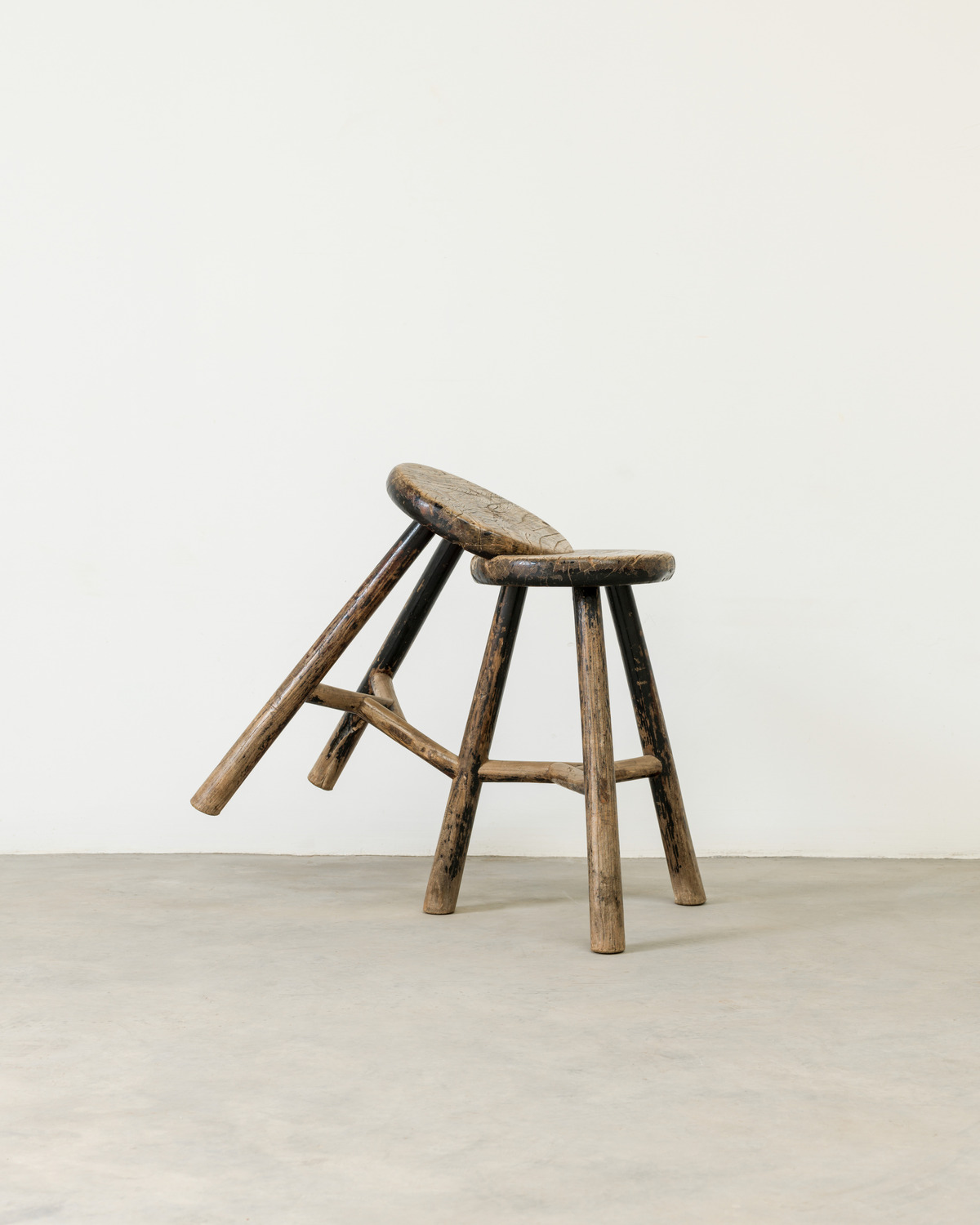
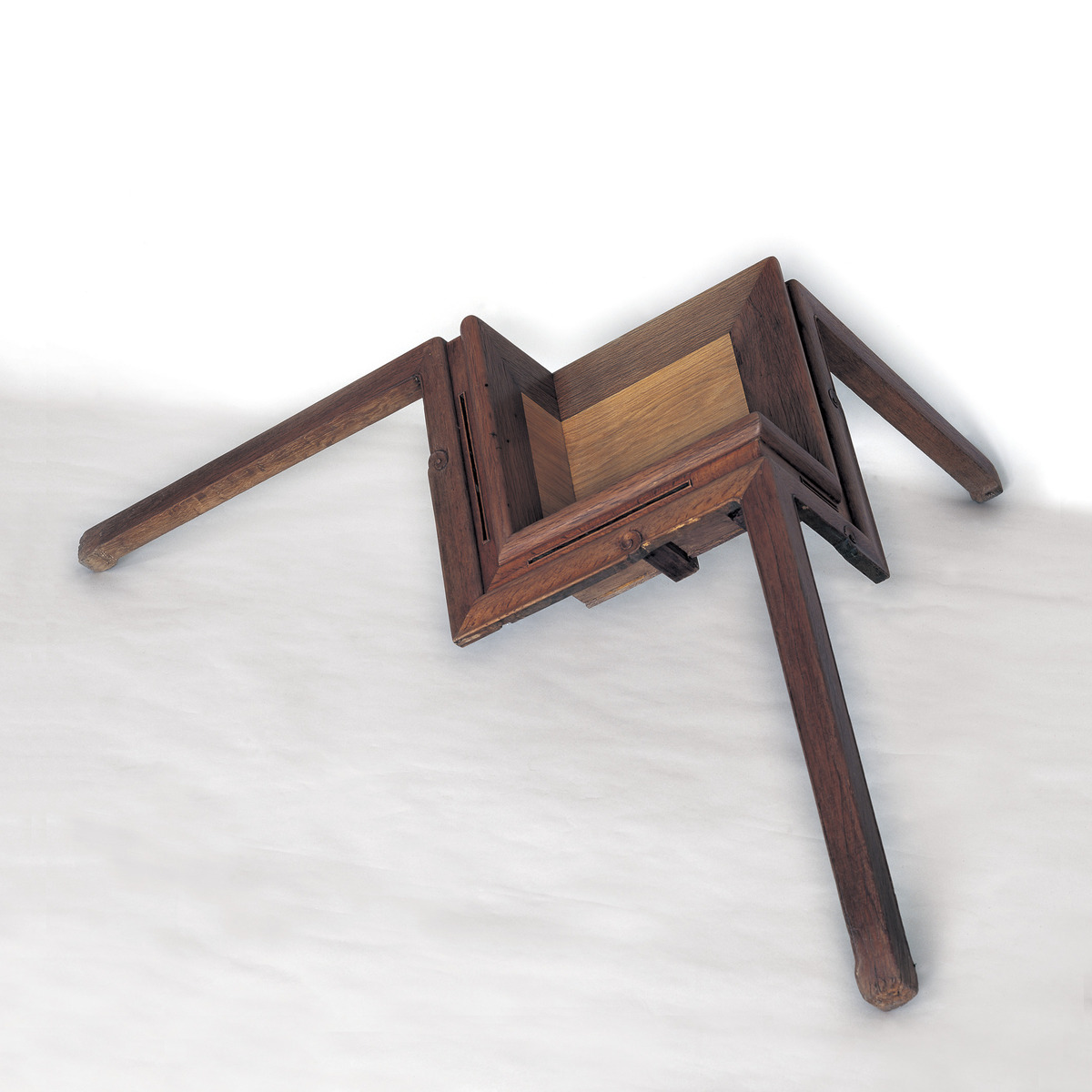
Can you discuss your perspective on the intersection of technology and art, especially in the context of your AI-generated art pieces?
If AI can generate artworks, it would be groundbreaking, transcending our current understanding. AI-generated art would subvert traditional techniques and expressions, signifying the death of what is commonly regarded as artistic language.
Your art often features elements of repetition and multiplication. How does this reflect your perspective on society’s mass consumption and conformity?
Only when recognizing themselves as part of the entire population within society can artists subvert prevailing opinions, contributing to a shift in popular perceptions. This subversion naturally emanates from within.
What legacy do you hope to leave through your art and activism, particularly in inspiring future generations of artists and activists?
If art and activism cannot confront the reality of prevalent anti-human sentiments, a disdain for humanity, and violations of human rights in our contemporary world, and react to that, they lack a foundational basis for existence. In essence, without addressing these pressing issues, they cease to have a genuine existence.
Your advocacy for human rights has led to both international acclaim and controversy. How do you balance the two in your career?
I disregard so-called acclaim and meaningless disputes. Human rights, embodying the right to life, involve the dignity and possibilities of survival. This is not a choice; thus, no balance is required.
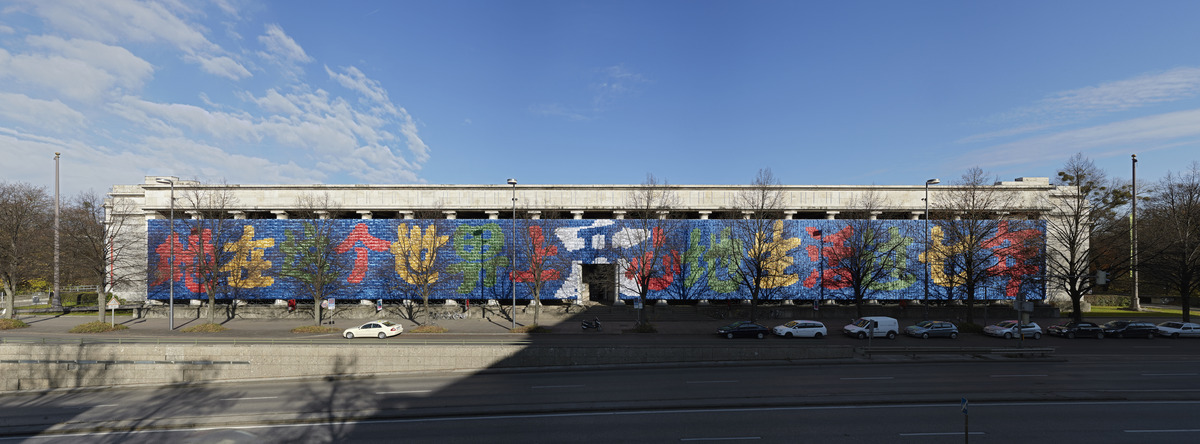
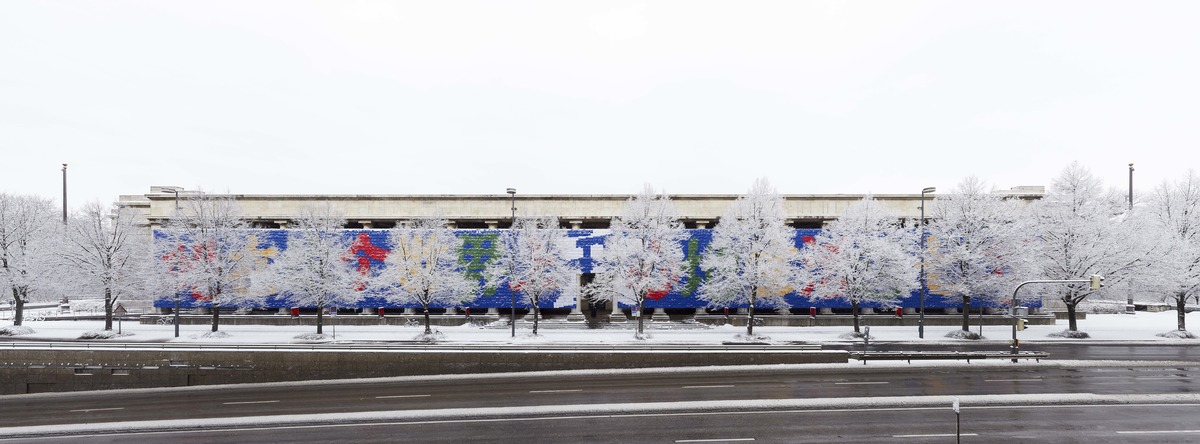
The Lisson Gallery cited concerns about your comment being characterized as anti-Semitic or Islamophobic. How do you respond to those accusations?
All autocracies attempt to suppress dissenting opinions and censor individual speech by using sensationalist terms. Artists bear the responsibility of expressing their individual opinions, even though these opinions might not be right all the time. If these voices are cleansed through censorship, it would lead to a society reminiscent of a Nazi-like regime.
Do you believe that there are certain topics or issues that should be off-limits for artistic expression, or should all subjects be open for exploration?
I believe no topic should be off-limits, and no issue should be left unexplored. Regardless of the sublime pretexts, social ideologies, or religious considerations, the freedom of individual expression must remain inviolable. Freedom of expression stands as the most fundamental embodiment of human rights and serves as the basic criterion distinguishing a civilized society from a primitive one.
What’s your perspective on the future of museums and galleries, and how might they adapt to changing artistic trends and technologies?
Museums and galleries, under most circumstances, present a mundane and graveyard-like tableau.
How do you continue expressing your perspectives and art in the face of challenges, such as canceled exhibitions?
Canceled exhibitions pose no challenge to me. Valuable thinking, if I have any, arises from obstacles, which help me understand the reality that I face.

